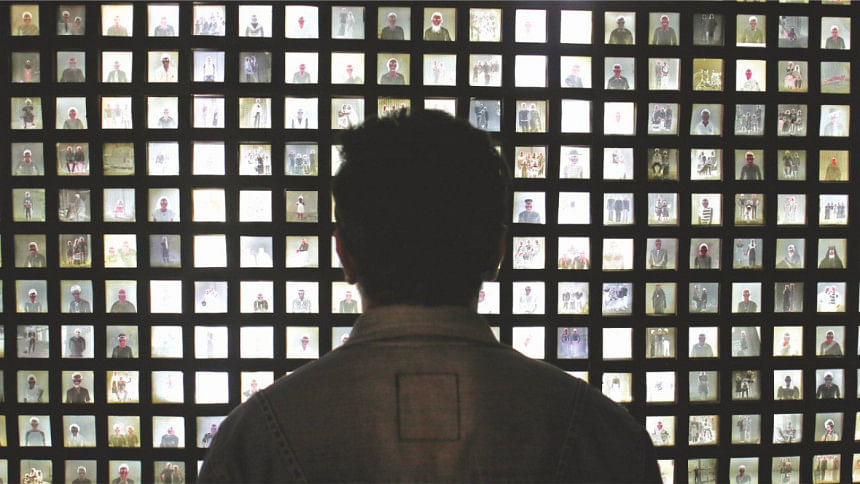DHAKA THE BEST AUDIENCE

Joseph Nye, American political scientist and cofounder of the international relations theory of neoliberalism, described 'soft power' as the ability to appeal to and persuade others using the attractiveness of a country's culture, political ideals, and policies. Examples of potent cultural influence include Hollywood (USA), Bollywood (India), Anime (Japan), K-pop (South Korea) etc.
A strong cultural influence creates a favourable impression of a country globally. To our benefit, we have realised the importance of cultural influence and post 2000, Dhaka has been seeing major international cultural events that are slowly but surely putting our capital city on the map.
I recall being excited when the first edition of Chobi Mela, the largest festival of photography in Asia, rolled out in Dhaka. There was nothing like it in my working memory as a Dhakaite.
Then came Bengal Classical Music Festival which mesmerised and enthused with its larger than life scale and execution. It made South Asian classical music “sexy”. Let's be real: before this annual event happened, did you – in your wildest dreams – ever imagine teenagers thronging a concert where sexagenarian and older musicians perform all night?
And of course this rumination won't be complete without mentioning Dhaka Art Summit, the latest edition of which ended last week. To quote a renowned international newspaper's coverage, “Dhaka Art Summit is the most unusual 'must-see' on the global art circuit”. Starting in 2012, each edition of the summit seems to outdo its predecessor. The idea that anyone can walk into this venue that gives them access to both locally and globally celebrated artworks and functions as a launching pad for up and coming Bangladeshi artists deserves all the appreciation it's receiving. There were so many remarkable displays but I'll mention two that have been haunting [in a good way] me for days. The first was the CGI animated video installation by Singaporean artist Ho Tzu Nyen called “2 or 3 Tigers” which recounted a folklore about the first recorded meeting of a white man and a tiger in Singapore in 1835. The other was the room [I'm calling it “The Throne Room”] designed by Anglo-Indian artist, Raqib Shaw. The wallpaper of the room alone deserves an extended conversation. Then there was the used kimono, the regal peacock chair with two shawls [perhaps an allusion to Shaw's Kashmiri roots?], and the stars of the show – the dazzling, enigmatic paintings that are very contemporary and yet bear the classic opulence of Hieronymus Bosch.
The organisers of these cultural behemoths rightfully deserve national and international acclaim for their labours of love but without one component none of these endeavours would have been successful: the Dhaka audience. Sure, this city is one of the most overcrowded in the world and we have 99 problems but a massive, exuberant turnout isn't one. Bangladeshis are inherently overeager; crowds form around regular snake oil salesmen on the street on any given day like it's a Pink Floyd reunion concert. Naturally, when we have access to something extraordinary we go all out and express our appreciation in the most profound way. Besides the loyal, erudite art connoisseurs and enthusiasts, there were visitors [particularly teenagers] one wouldn't generally expect at art shows. Many of them were perplexed by the art pieces and performances; perhaps some had no idea what was going on. Quite a few were probably there for the selfies and the check-ins, and were shamed by the “cultural gatekeepers” on social media for this supposed social faux pas.
But when has elitism induced social change? More and frequent exposure to art, cinema, music and literature can only be a good thing; Dhaka audience is ready for it and hungry for it, and we show up with our best positive energy and create a buzz that's unrivalled. I don't think it'd be an overstatement to say that Dhaka has THE BEST audience in the world.
Karim Waheed is the Editor of Shout and can be reached at [email protected]

 For all latest news, follow The Daily Star's Google News channel.
For all latest news, follow The Daily Star's Google News channel. 



Comments